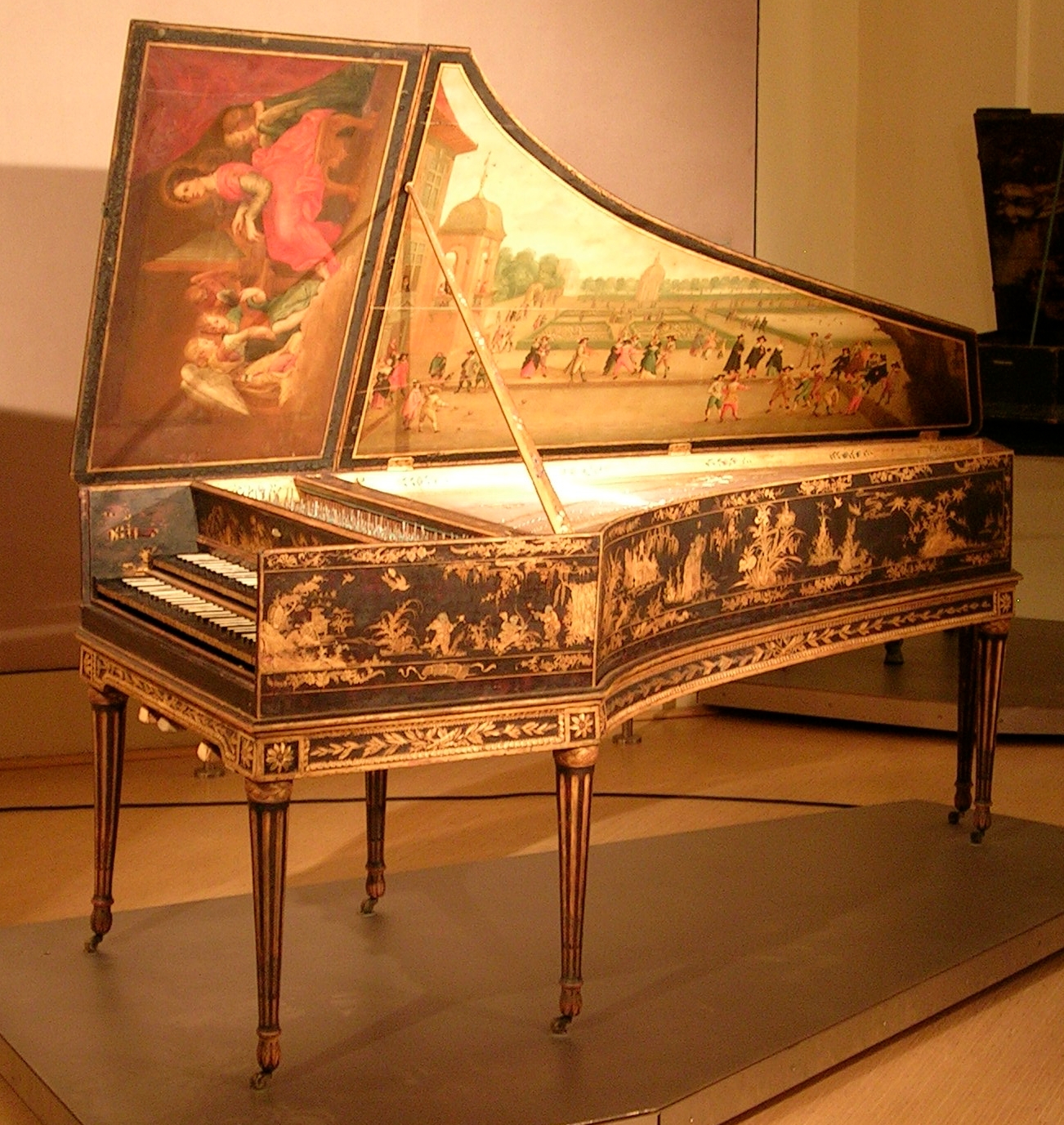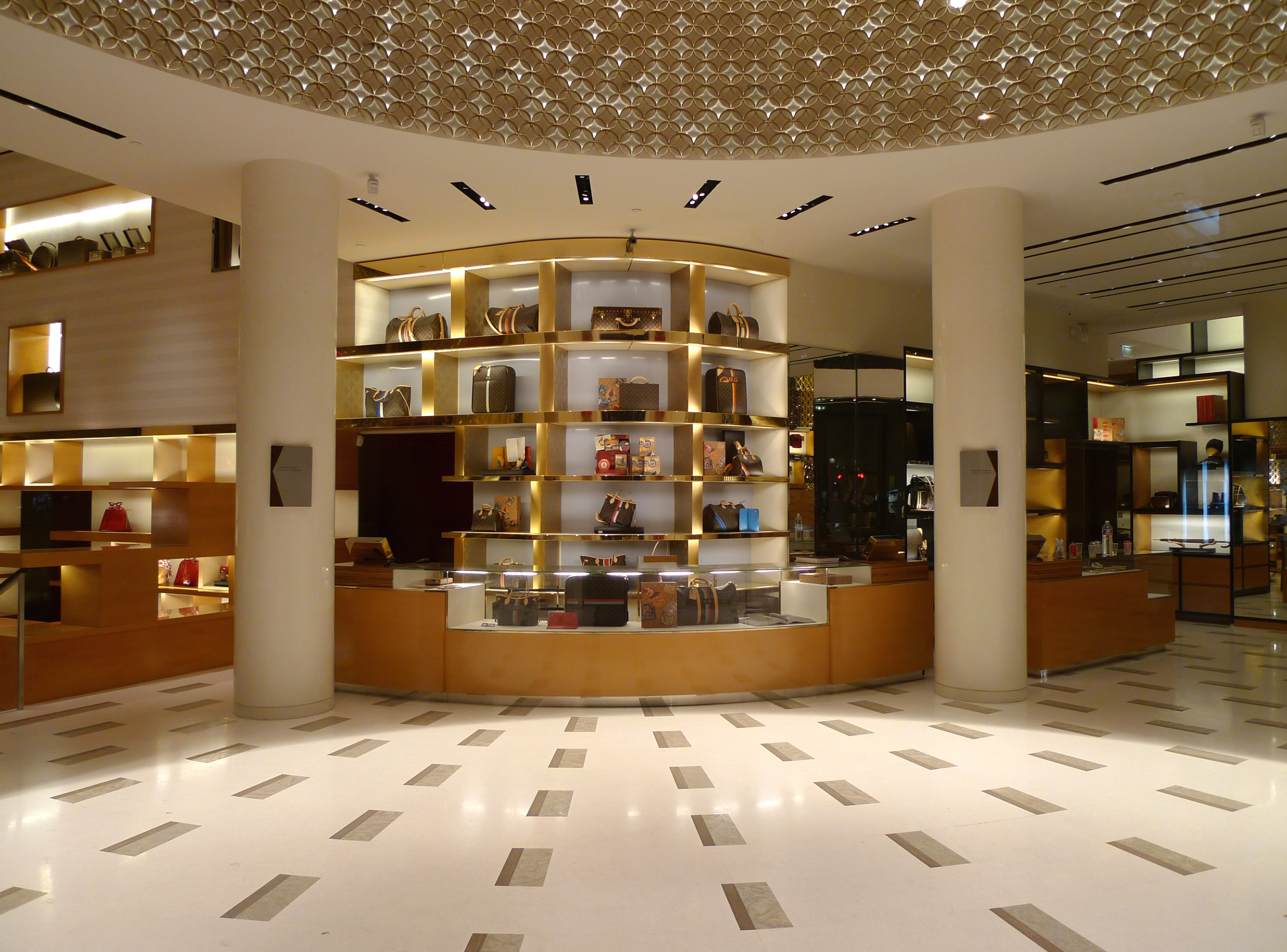|
Maria Cristina Didero
Maria Cristina Didero is an Italian curator, historian, author, and design scholar. She is curatorial director for Design Miami. Didero is quoted as saying that, "design is all about people, not about chairs." Biography Didero grew up in Rimini. She attended and graduated from the University of Bologna, from which she received a degree in literature and philosophy. She lives and works in Milan, where she moved in 1999. She is an expert in Italian design with a focus on the Radical period. Her curatorial work has involved close collaboration with contemporary designers including Daniel Arsham, the Campana brothers, Richard Hutten, Philippe Malouin, Oki Sato, Bethan Laura Wood, and Michael Young (industrial designer), Michael Young. She has curated exhibitions such as ''Nendo (design firm), Nendo: The Space in Between'' and ''The Conversation Show'' at the Design Museum Holon, Israel; ''Al(l) Projects with Aluminum'' (featuring the British designer Michael Young) at the ''Centre d' ... [...More Info...] [...Related Items...] OR: [Wikipedia] [Google] [Baidu] |
Design Miami
Design Miami/ is an American design company that holds two annual flagship collectible design fairs in Miami, Florida and Basel, Switzerland. Design Miami/ also holds fairs in Paris and Shanghai Shanghai (; , , Standard Mandarin pronunciation: ) is one of the four direct-administered municipalities of the People's Republic of China (PRC). The city is located on the southern estuary of the Yangtze River, with the Huangpu River flow .... The fairs feature selling-exhibitions as well as speaker panels, gallery presentations, awards, and unique design commissions. Design Miami/ fairs attract designers, gallerists, museum curators, critics, celebrities and collectors from all over the world, with Design Miami/’s 17th Miami Beach edition seeing over 31,000 visitors and featuring over 40 international exhibitors. Alongside the fairs Design Miami/ operates an ecommerce platformdesignmiami.com that facilitates the promotion and sale of historic and contemporary design works ... [...More Info...] [...Related Items...] OR: [Wikipedia] [Google] [Baidu] |
Museum Für Kunst Und Gewerbe Hamburg
The Museum für Kunst und Gewerbe Hamburg (''Museum of Art and Design Hamburg'') is a museum of fine, applied and decorative arts in Hamburg, Germany. It is located centrally, near the Hauptbahnhof. History The museum was founded in 1874, following the models of the Victoria and Albert Museum in London, the Museum für angewandte Kunst in Vienna, and the Kunstgewerbemuseum in Berlin. In 1877 it moved to its current premises, a building on the Steintorplatz built from 1873 to 1875.The History of the Museum [...More Info...] [...Related Items...] OR: [Wikipedia] [Google] [Baidu] |
Dezeen
''Dezeen'' is an online architecture, interiors and design magazine based in London, with offices in Hoxton and also previously in New York City. History ''Dezeen'' was launched in London by Marcus Fairs at the end of November 2006. Its New York City office launched in 2015, with editors based in Manhattan and then Brooklyn, before closing in fall 2020. Starting from 2018, the magazine launched annual ''Dezeen Awards'' honouring achievements in best architecture, interiors and design around the world. In March 2021, Dezeen was acquired by Danish media company JP/Politiken Media Group. Dezeen was JP/Politikens Hus’ first acquisition outside Scandinavia. The acquisition was part of JP/Politikens Hus’ 2025 strategy to increase revenue from DKK 3bn to 5bn. At the time of the acquisition, the site had more than 3 million unique monthly visitors and more than 6.5 million social media followers. Marcus Fairs (1967–2022), Dezeen founder, CEO and editor-in-chief died on June 3 ... [...More Info...] [...Related Items...] OR: [Wikipedia] [Google] [Baidu] |
Design Anthology
A design is a plan or specification for the construction of an object or system or for the implementation of an activity or process or the result of that plan or specification in the form of a prototype, product, or process. The verb ''to design'' expresses the process of developing a design. In some cases, the direct construction of an object without an explicit prior plan (such as in craftwork, some engineering, coding, and graphic design) may also be considered to be a design activity. The design usually has to satisfy certain goals and constraints; may take into account aesthetic, functional, economic, or socio-political considerations; and is expected to interact with a certain environment. Typical examples of designs include architectural and engineering drawings, circuit diagrams, sewing patterns and less tangible artefacts such as business process models. Designing People who produce designs are called ''designers''. The term 'designer' generally refers to someone who works ... [...More Info...] [...Related Items...] OR: [Wikipedia] [Google] [Baidu] |
Valextra
Valextra is a brand of luxury leather goods and accessories based in Milan, Italy. The name is a portmanteau of "Valiga", the Italian word for suitcase, and "extra". History Foundation and early years The Valextra brand was founded in 1937 by Giovanni Fontana in Milan's Piazza San Babila. From the beginning, Valextra specialised in creating luggage, handbags and accessories from exotic hides such as alligator, hippopotamus and elephant. He set up a workshop above the shop where he worked with a model-maker to bring his concepts to life. In its first few decades, the company licensed over 100 patents and won a Compasso D’Oro for the 24 Ore bag, at the award’s inaugural edition in 1954. Brand Evolution During the postwar period, Valextra started catering for entrepreneurs and international jet-setters. This coincided with the introduction of Fontana’s son, Tito, into the company. Together with his son Stefano, Tito introduces a new, design-led direction for the comp ... [...More Info...] [...Related Items...] OR: [Wikipedia] [Google] [Baidu] |
Louis Vuitton
Louis Vuitton Malletier, commonly known as Louis Vuitton (, ), is a French high-end Luxury goods, luxury fashion house and company founded in 1854 by Louis Vuitton (designer), Louis Vuitton. The label's LV monogram appears on most of its products, ranging from luxury bags and leather goods to ready-to-wear, shoes, watches, jewelry, accessories, sunglasses and books. Louis Vuitton is one of the world's leading international fashion houses. It sells its products through standalone boutiques, lease departments in high-end department stores, departmental stores, and through the e-commerce section of its website. For six consecutive years (2006–2012), Louis Vuitton was named the world's most valuable luxury brand. Its 2012 valuation was US$25.9 billion. In 2013, the valuation of the brand was US$28.4 billion with revenue of US$9.4 billion. The company operates in 50 countries with more than 460 stores worldwide. History Founding to World War II The Louis Vuitton label was founde ... [...More Info...] [...Related Items...] OR: [Wikipedia] [Google] [Baidu] |
Fendi
Fendi () is an Italian high-end luxury fashion house producing fur, ready-to-wear, leather goods, shoes, fragrances, eyewear, timepieces and accessories. Founded in Rome in 1925, Fendi is known for its fur, fur accessories, and leather goods. Since 2001, Fendi has been part of the “Fashion & Leather Goods” division of French group LVMH. Its headquarters are in Rome, in the Palazzo della Civiltà Italiana. History Early years The house of Fendi was launched in 1925 by Adele and Edoardo Fendi (1904-1954) as a fur and leather shop in Via del Plebiscito, Rome. In 1932 Adele and Edoardo Fendi opened a boutique in via Piave; the shop became a popular destination for tourists in Rome. From 1946, the five sisters Paola, Anna, Franca, Carla, and Alda joined the company in its second generation as a family-owned enterprise, each owning 20 percent. Karl Lagerfeld joined Fendi in 1965 and became the creative director for the fur and women's ready-to-wear collections (launched in 19 ... [...More Info...] [...Related Items...] OR: [Wikipedia] [Google] [Baidu] |
Lexus
is the luxury vehicle division of the Japanese automaker Toyota. The Lexus brand is marketed in more than 90 countries and territories worldwide and is Japan's largest-selling make of premium cars. It has ranked among the 10 largest Japanese global brands in market value. Lexus is headquartered in Nagoya, Japan. Operational centers are located in Brussels, Belgium, and Plano, Texas, United States. Created at around the same time as Japanese rivals Honda and Nissan created their Acura and Infiniti luxury divisions respectively, Lexus originated from a corporate project to develop a new premium sedan, code-named F1, which began in 1983 and culminated in the launch of the Lexus LS in 1989. Subsequently, the division added sedan (car), sedan, coupé, Convertible (car), convertible and Sport utility vehicle, SUV models. Lexus did not exist as a brand in its home market until 2005, and all vehicles marketed internationally as Lexus from 1989 to 2005 were released in Japan under the ... [...More Info...] [...Related Items...] OR: [Wikipedia] [Google] [Baidu] |
Fritz Hansen
Fritz Hansen, also known as Republic of Fritz Hansen, is a Danish furniture design company. Designers who have worked for Fritz Hansen include Arne Jacobsen (1902–1971), Poul Kjærholm (1929–1980), Hans J. Wegner (1914–2007) and Piet Hein (1905–1996). Fritz Hansen also collaborates with contemporary furniture architects including Hiromichi Konno, Cecilie Manz, and Kasper Salto. History Fritz Hansen was founded in 1872, when Fritz Hansen, a Danish carpenter, founded his own furniture company and in 1915 introduced his first chair in steam bent wood. In 1934, Fritz Hansen began his collaboration with Arne Jacobsen resulting in some of the famous, classic icons of Danish Design including the 'Ant' (1952), the 'Series 7' (1955), the 'Grand Prix' (1957) the ' Swan' (1958), and the 'Egg' (1958). Other famous collaborations have resulted in Piet Hein's super-elliptical table from 1968 and in 1982 Fritz Hansen acquired the rights to a major part of Poul Kjærholm's furniture ... [...More Info...] [...Related Items...] OR: [Wikipedia] [Google] [Baidu] |
Vitra (furniture)
Vitra is a Swiss family-owned furniture company with headquarters in Birsfelden, Switzerland. It is the manufacturer of the works of many furniture designers. Vitra is also known for the works of notable architects that make up its premises in Weil am Rhein, Germany, in particular the Vitra Design Museum. History and corporate architecture Vitra – founded by Willi and Erika Fehlbaum, the owner of a shopfitting business – entered the furniture market in 1957 with the licensed production of furniture from the Herman Miller Collection for the European market - primarily designs by Charles and Ray Eames and George Nelson. In 1967 the company introduced the Panton Chair by Verner Panton – the first cantilever chair out of plastic. In 1977 Rolf Fehlbaum took over the management of Vitra. In 1984 the partnership that had been formed with Herman Miller was terminated by mutual consent. Subsequently, Vitra obtained the rights to designs by Charles and Ray Eames and George Nelson ... [...More Info...] [...Related Items...] OR: [Wikipedia] [Google] [Baidu] |
DesignSingapore Council
The Economic Development Board (EDB) is a statutory board under the Ministry of Trade and Industry of the Government of Singapore that plans and executes strategies to sustain Singapore as a leading global hub for business and investment. History 1957–1961: Singapore Industrial Promotion Board In 1957, the Singapore Industrial Promotion Board (SIPB) was formed through the passage of the Singapore Industrial Promotion Bill, to empower the Singapore Government in establishing, developing, and financing industrial undertakings. It had a capital of $1 million, and had received requests from local companies for loans totalling up to $500,000 at its formation. However, SIPB was criticised by political opposition as being slow, not transparent, and ineffective in aiding local businesses. The board was hamstrung by the limited capital that it had with the Minister of Commerce and Industry, J. M. Jumabhoy, blaming on the activities of extreme left-wing politicians on the lack of cor ... [...More Info...] [...Related Items...] OR: [Wikipedia] [Google] [Baidu] |



